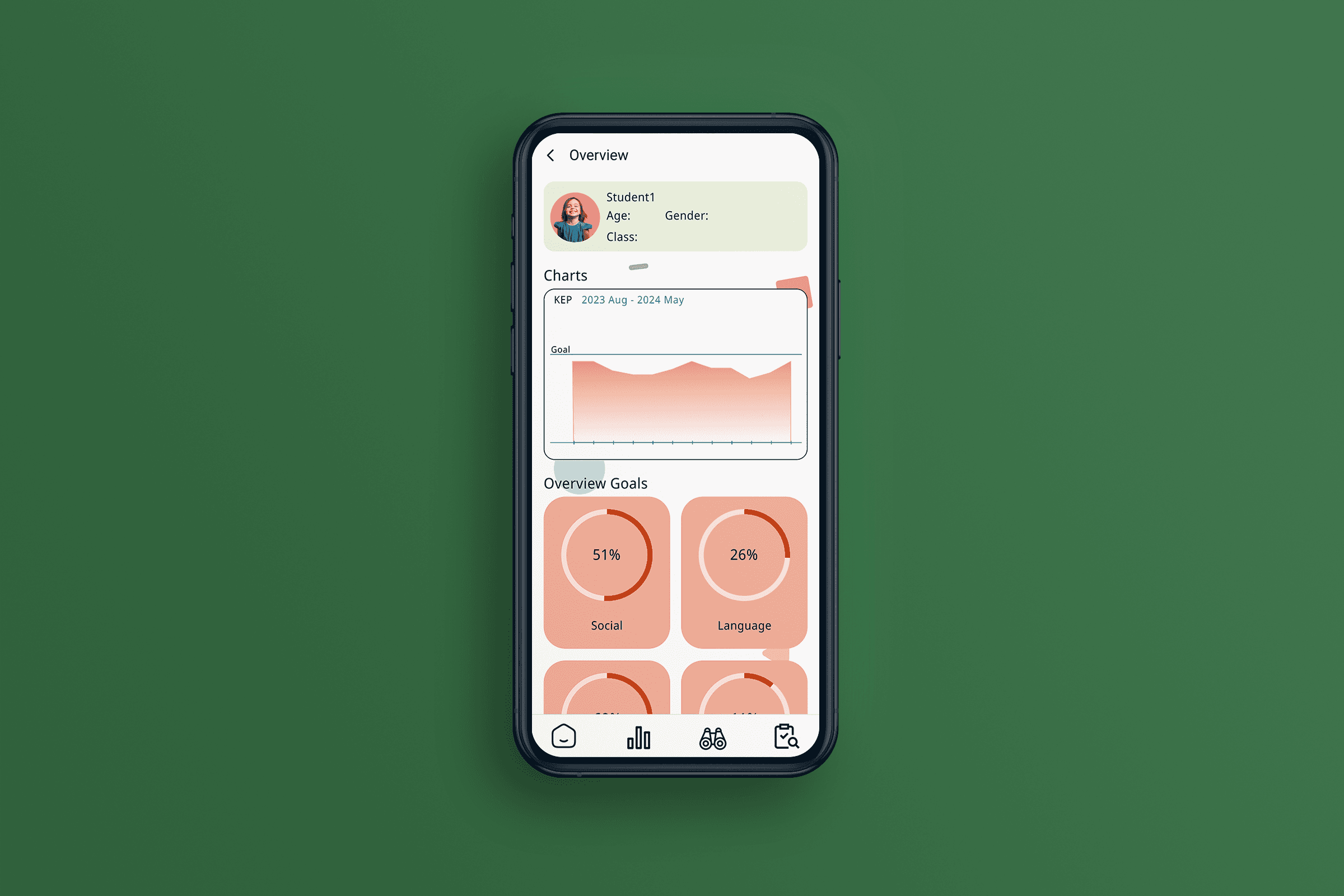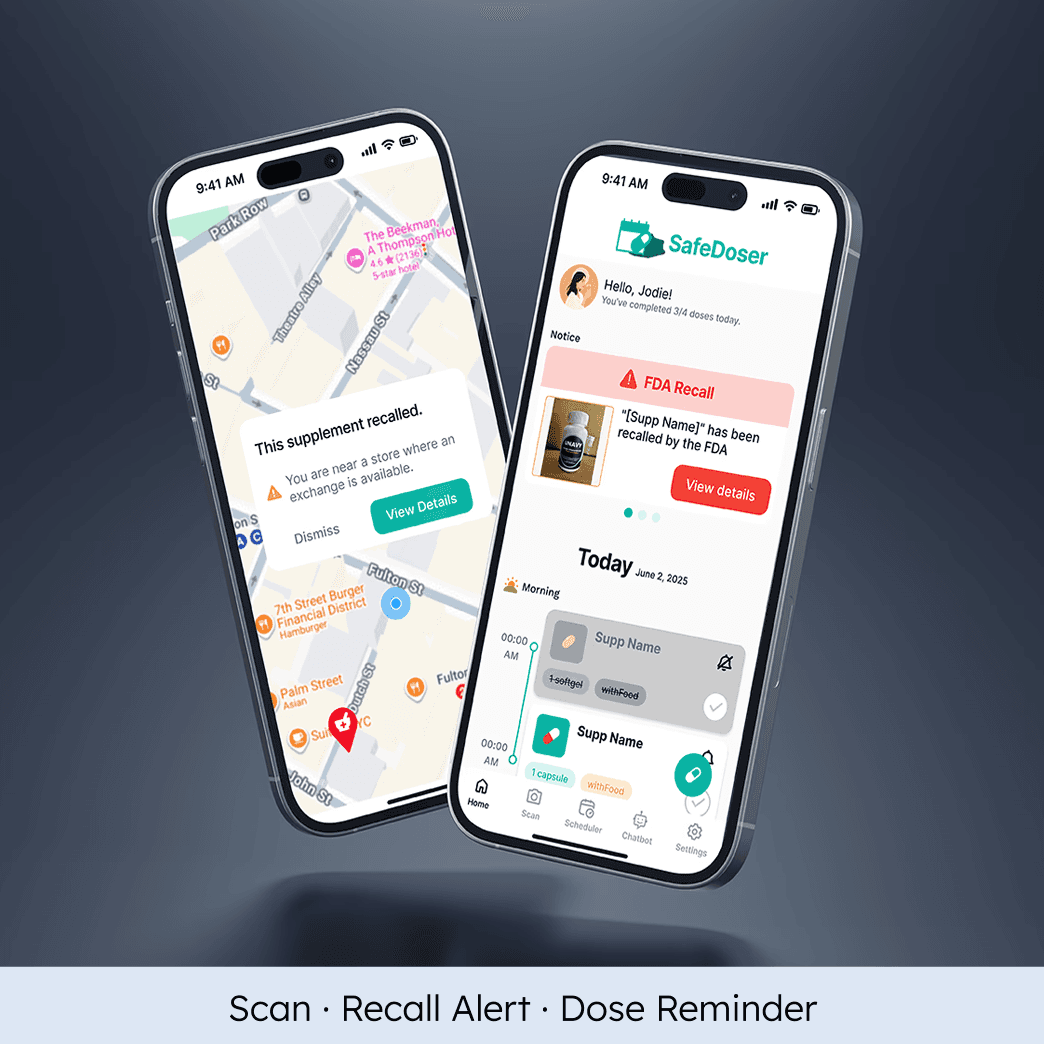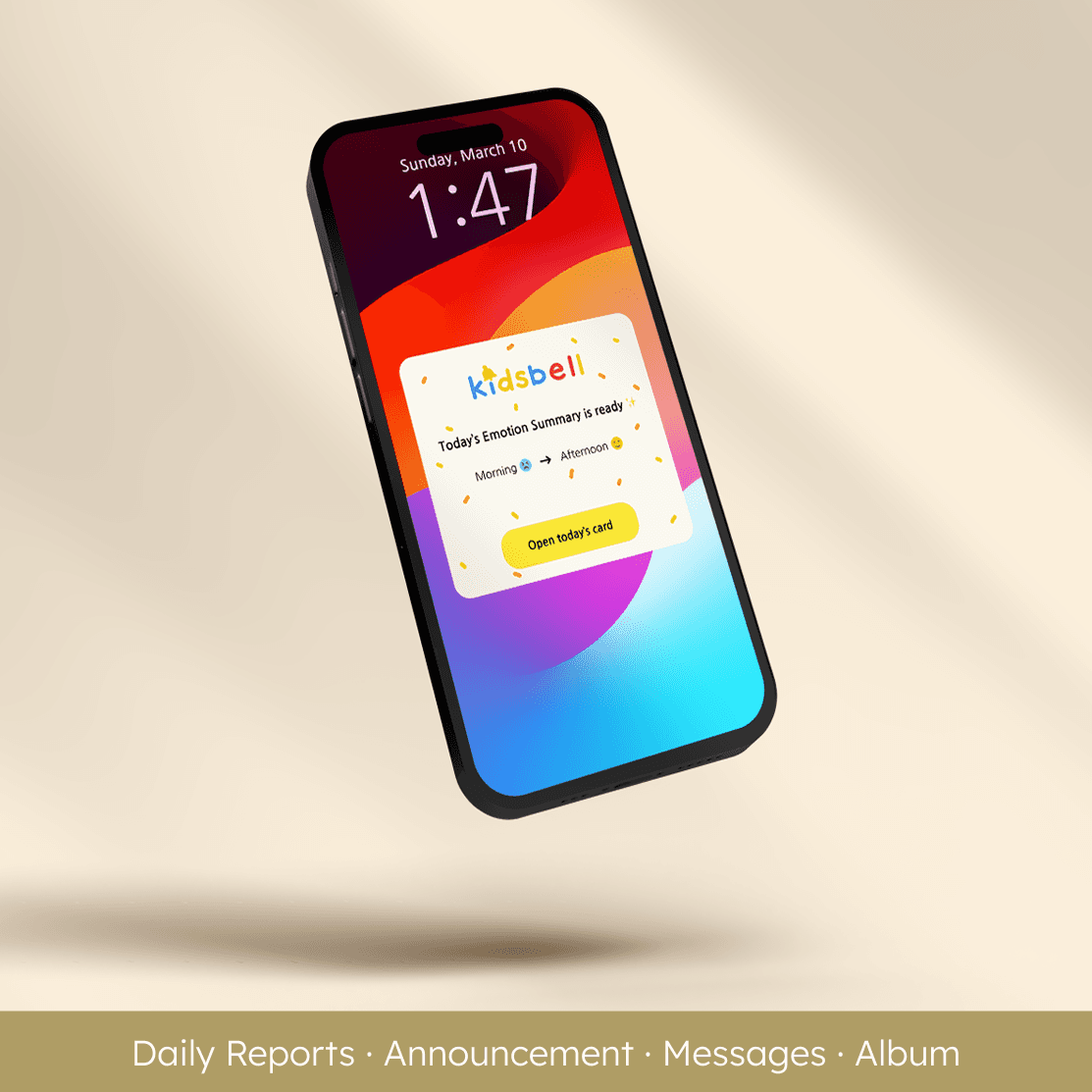IEPly
A Communication Platform for Korean kindergarten Teachers and Multicultural Families.

Individual Project
Role: Product designer(User research, prototyping, UI design)
DURATION
March 2024
TOOLS
Figma
Overview
Goal
To design a structured, intuitive, and stress-free IEP writing experience that reduces after-hours work and improves documentati on efficiency in special education settings.
Background
Millions of students worldwide receive special education services, each requiring an individualized education plan.
Yet many teachers still rely on paper forms, handwritten notes, and inconsistent templates—causing delays, duplication, and stress.
Problem
Teachers often complete IEPs at night, on weekends, or at home, due to limited time and inefficient tools.
IEP formats vary across districts, and notes taken during the day are often disconnected from final reports.
Key Challenges

Problem & User
Research Summary:
To understand the problem deeply, I conducted interviews and surveys with kindergarten special education teachers.
66.7% write IEPs after hours or during breaks
78.8% use handwritten notes that later need to be typed
57.6% said they can’t record information during the day
IEP (Individualized Education Program) is a federally mandated document in U.S. public schools that outlines personalized goals, services, and accommodations for students with disabilities.



To better understand user needs, I conducted surveys and interviews:
33 kindergarten special education teachers.

User Research Summary:
I conducted interviews and surveys with preschool special education teachers to understand their daily workflow and IEP documentation pain points.
66.7% write IEPs after hours or during breaks
78.8% use handwritten notes that later need to be typed
57.6% said they can’t record information during the day
This research helped identify key pain points in daily communication and informed the design direction of an inclusive, accessible communication system.
Insights
01
Teachers write IEPs after hours
Most teachers write IEPs after class, at night, or on weekends due to limited time during the day
02
Paper makes IEPs harder to manage
Paper-based workflows made it difficult for teachers to update IEPs efficiently and track progress over time.
03
IEP formats constantly change
Every school uses a different IEP form, which forces teachers to adapt repeatedly
Because 57.6% of teachers said they cannot record during the day, I introduced multi-modal inputs that let them capture observations in class.
Since 78.8% rely on handwritten notes, I designed an AI Writing Assistant to reduce retyping effort.
These direct links between research and design guided the key features of IEPly.
This empathy map helped me capture the emotional and practical friction teachers experience in their IEP tasks.


problem statement
Special education teachers are overwhelmed by inefficient IEP systems that consume personal time, duplicate effort, and increase stress, especially across fragmented formats.
This leads to after-hours work, delays in student evaluation, and growing teacher burnout
Goals & Principles
Hypothesis
We believe that a digital IEP platform with smart structure and flexible access will help teachers complete IEPs faster, with less stress and more confidence.
"How might we simplify IEP writing so teachers can save time, reduce stress, and focus more on students?"
Design Goals
Reduce after-hours work through bite-sized documentation workflows
Enable consistent formatting across schools
Support real-time observation logging and team collaboration
Design Principles
Time Respecting
Structure over flexibility
Seamless across notes, templates, and sharing
Flows & Structure
The app is structured around the real steps teachers follow when writing IEPs: from drafting goals to logging observations and sharing updates.

To visualize how users interact with the system, I created a flow that breaks down a typical IEP creation process:
screen flow

Prototyping
Lo-fidelity prototype
I worked on workflows for note logging, template selection, and exporting. My goal was to make them simple, with fewer clicks and less mental effort.

Hi-fidelity prototype

These changes were driven by user pain points and tested through design critiques, ensuring that each screen supports clarity, privacy, and time efficiency.
Interaction Details
The key interactions in ieply support teachers’ fast, observation-heavy workflow, where documentation happens in short bursts with little time.
Multi-modal Observation Input
Teachers can record observations with text, handwriting, voice, photos, or videos, whatever feels natural.
Why it matters:
Observations in classrooms are visual, verbal, and spontaneous. This flexibility lets teachers capture moments without disruption..
Impact:
Less to remember · More detailed records · Fewer missed behaviors

AI Writing Assistant
By selecting class context and behavior tags, teachers receive AI-generated observation notes with options to regenerate, edit, or copy.
Why it matters:
Speeds up repetitive writing while preserving teacher agency and professional judgment.
Impact:
Speeds up documentation
Promotes consistency in tone and format
Enables uniform language across IEPs

final Design
IEPly makes IEP writing simple and modular for daily classroom use. Teachers can record notes in different formats and track progress with one tap.
The interface reduces stress, improves clarity, and replaces paper forms.

Learnings
What I learned through early feedback:
Teachers want tools that let them log observations naturally during class, not afterward.
Printed IEPs are often incomplete or reprinted due to frequent goal changes.
The concept of auto-filled templates and multi-input logging felt aligned with their needs.
Outcome
IEPly is an early prototype that makes IEP writing more clear and flexible.
It is based on real teacher needs, but it still needs more testing in real classrooms. Beyond saving time, it also keeps real classroom moments in the record.
This helps teachers share better evidence with parents and build more trust.


